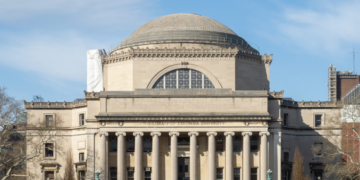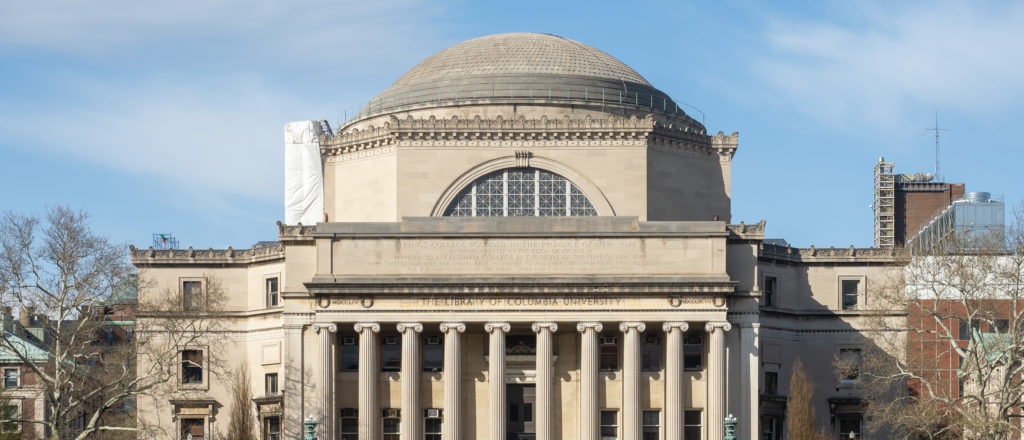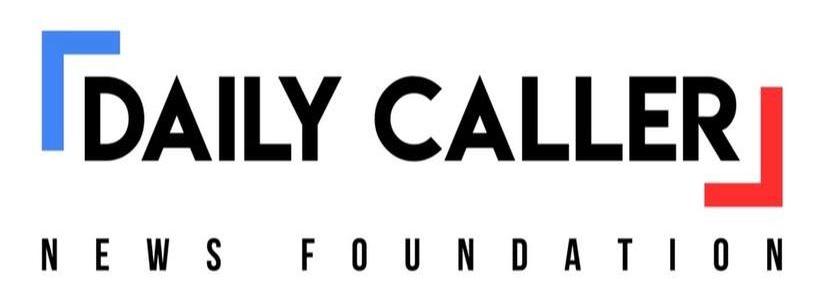It’s time for universities to stop raising tuition and start cutting costs.
For years, the narrative of “state disinvestment in public higher education” has shaped the national debate about soaring college costs. According to this narrative (as argued by the defenders of the higher education status quo), states have slashed funding, forcing public colleges to raise tuition to survive.
But a new Cato Institute study by Andrew Gillen, “Trends in Higher Education: State Funding and Tuition Revenue at Public Colleges from 1980 to 2024,” dismantles this myth. Drawing on 45 years of inflation-adjusted figures from the State Higher Education Executive Officers Association (SHEEO), Gillen’s study reveals that state funding for public colleges has steadily increased, not declined, and tuition hikes are driven by factors beyond state budgets.
Gillen’s findings carry urgent implications for rethinking higher-education finance.
His central revelation is that state funding per student has grown by $56 annually (±$19) over the past 45 years, adjusted for inflation, using the Personal Consumption Expenditures Price Index (PCEPI). From $7,447 per student in 1980, state funding rose to $11,683 by 2024—a $4,236 increase.
Total educational revenue, combining state appropriations and tuition, has also surged by $213 per student per year, reaching a record $19,000 per student in 2024. These figures directly contradict claims that public colleges are starved for resources, showing instead that both state support and overall revenue have grown substantially.
Why, then, does the disinvestment myth persist? Gillen’s study identifies two culprits: cherry-picked data and flawed inflation adjustments.
The “state-disinvestment” crowd often highlights periods like 2001 to 2012, when state funding fell by $2,720 per student during recessions. Yet this ignores the broader trend—funding rebounded by $3,825 from 2012 to 2024. By using regression analysis across all 45 years, Gillen avoids such distortions, revealing a consistent upward trend.
Additionally, the SHEEO report’s Higher Education Cost Adjustment (HECA) index, which tracks assumed college costs rather than true inflation, exaggerates past funding levels. For instance, 1980s nominal funding of $2,355 per student equates to $7,447 today using PCEPI, but HECA inflates this to $10,296, creating a false impression of decline when funding has actually grown by 38 percent.
The study also challenges the notion that tuition increases offset state funding cuts. Tuition revenue has risen significantly—by $157 per student per year, from $1,968 in 1980 to $7,510 in 2024. However, since state funding has also increased, tuition cannot be rising to fill a nonexistent funding gap. If tuition were tied to state funding, it would have fallen by $4,236 to match the state’s increased contributions. Instead, it rose by $5,542, a $9,778 swing that points to other drivers, such as administrative bloat, expanded campus amenities, or rising demand for credentials.
Notably, the study observes a recent shift: Since 2019, tuition revenue has plateaued and begun to decline, a trend that warrants further investigation as colleges may be responding to affordability pressures.
Gillen’s findings carry important implications. Policymakers and college administrators should stop blaming state budgets for tuition hikes and instead examine internal spending priorities. The data also give the lie to calls for blanket increases in state funding, as 25 of 50 states are already boosting appropriations, with only five showing statistically significant cuts. Even in those states, the national trend of growing total revenue suggests colleges are not under-resourced compared to past decades. Instead, the focus should shift to cost efficiency and transparency in how colleges allocate their record-high revenues.
The “state-disinvestment” crowd might argue that temporary funding dips during recessions justify the disinvestment narrative. Gillen acknowledges these declines but counters that they are more than offset by increases in non-recession years, mirroring broader economic growth patterns. Still others may claim rising tuition reflects the true cost of education, but Gillen finds only a weak correlation—$1 in state cuts correlates with just $0.10 to $0.15 in tuition hikes—which suggests that colleges have significant control over pricing decisions, contrary to their breathless pronouncements.
The rigor of Gillen’s study lies in its comprehensive, inflation-adjusted data and regression analysis, which sidestep cherry-picking and misleading metrics like HECA. By debunking the disinvestment myth, Gillen calls for accountability in higher education. Colleges must justify tuition increases in light of growing state support and total revenue. Policymakers should pursue targeted reforms, such as incentivizing cost containment or tying funding to measurable learning outcomes, to ensure public colleges serve students efficiently.
Thomas Lindsay, Ph.D., is the Higher Education Policy Director for Next Generation Texas. He has more than two decades’ experience in education management and instruction, including service as a dean, provost, and college president.
The views and opinions expressed in this commentary are those of the author and do not reflect the official position of the Daily Caller News Foundation.
(Featured Image Media Credit: ajay_suresh/Creative Commons/Flickr)
All content created by the Daily Caller News Foundation, an independent and nonpartisan newswire service, is available without charge to any legitimate news publisher that can provide a large audience. All republished articles must include our logo, our reporter’s byline and their DCNF affiliation. For any questions about our guidelines or partnering with us, please contact [email protected].

















 Continue with Google
Continue with Google